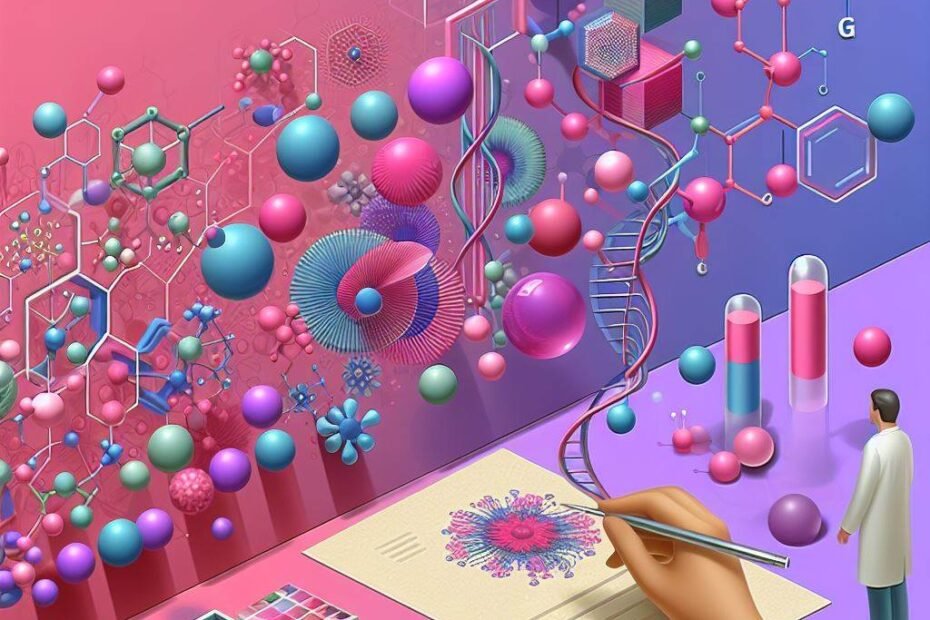In the realm of immunology, haptens stand as intriguing molecules with profound implications in research and diagnostics. Despite their humble size, these compounds wield significant influence, particularly when harnessed in conjunction with carrier proteins. Defined as small molecules incapable of triggering an immune response on their own, haptens undergo a transformative journey when conjugated to carrier molecules, such as proteins, unravelling their potential as indispensable tools in scientific investigations.
One of the most remarkable features of haptens lies in their ability to elicit immune responses once bound to carrier proteins. This unique characteristic forms the cornerstone of numerous research endeavors, particularly in generating antibodies against specific small molecules. By conjugating haptens to carrier proteins, researchers can induce the production of antibodies that specifically target and recognize the hapten, offering a precise tool for studying molecular interactions and biological processes.
In the field of drug development, haptens play a pivotal role in elucidating immune reactions to pharmaceutical compounds. By conjugating potential drug molecules to carrier proteins and exposing them to the immune system, scientists can gauge the likelihood of adverse reactions or immune responses in vivo. This approach aids in identifying and mitigating potential immunogenicity issues early in the drug development process, ultimately enhancing the safety and efficacy of novel therapeutics.
Moreover, haptens find extensive applications in diagnostic assays and immunoassays, facilitating the detection and quantification of various molecules of interest. Through immunoassays such as enzyme-linked immunosorbent assays (ELISA) or radioimmunoassays (RIA), haptens enable the sensitive and specific detection of target analytes, ranging from hormones and metabolites to environmental pollutants and infectious agents. This capability underpins the development of diagnostic tools crucial for disease diagnosis, monitoring, and research.
Furthermore, the versatility of haptens extends beyond traditional immunological techniques, encompassing fields such as molecular imaging and drug delivery. By conjugating haptens to imaging agents or therapeutic compounds, researchers can precisely target specific tissues or cells, enabling non-invasive imaging modalities or targeted drug delivery strategies. This innovative approach holds immense promise in personalized medicine, offering tailored solutions for diagnosis and treatment based on individual patient profiles.
In conclusion, haptens epitomize the intersection of chemistry and immunology, showcasing their prowess as indispensable tools in scientific research and innovation. From unraveling immune responses to facilitating drug development and diagnostic assays, haptens continue to shape the landscape of biomedical research, opening new avenues for exploration and discovery. As researchers delve deeper into the intricacies of immune recognition and molecular interactions, the significance of haptens in advancing our understanding of immunology and disease mechanisms remains resolute, heralding a future replete with possibilities and breakthroughs.
